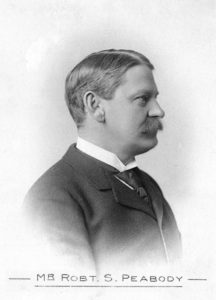 Today we celebrate the anniversary of the birth of Robert Swain Peabody on February 22, 1845. Peabody was a cofounder of the Boston architectural firm of Peabody & Stearns, designer of Machinery Hall (also known as the Palace of Mechanical Arts) and the Massachusetts Pavilion for the 1893 World’s Fair in Chicago.
Today we celebrate the anniversary of the birth of Robert Swain Peabody on February 22, 1845. Peabody was a cofounder of the Boston architectural firm of Peabody & Stearns, designer of Machinery Hall (also known as the Palace of Mechanical Arts) and the Massachusetts Pavilion for the 1893 World’s Fair in Chicago.
Architects invited by Daniel Burnham to contribute building for the World’s Columbian Exposition gathered in Chicago on January 10, 1891. Robert S. Peabody traveled from the east coast with Richard M. Hunt, and George B. Post. Henry Van Brunt came from Kansas City. Chicago architects included Dankmar Adler, Louis Sullivan, William Le Baron Jenney, Henry Ives Cobb, and Solon S. Beman. (John Root and Charles McKim were absent.) Joining them in the library of the Burnham and Root offices in the Rookery Building were landscape architect Frederick Law Olmsted and his colleague Henry Codman, sculptor Augustus St. Gaudens, and engineer Abraham Gottlieb. After an organizational meeting, the group traveled south to inspect Jackson Park, the proposed site of the 1893 World’s Fair.
Daniel Burnham recalled this conversation with Peabody, published in Daniel H. Burnham, Architect, Planner of Cities by Charles Moore (Houghton Mifflin, 1921):
It was a cold winter day. The sky was overcast with clouds and the Lake was covered with foam. We looked the place over.
Robert Peabody climbed up on a pier and called down: “Do you mean to say that you really propose opening a Fair here by ’93?”
“Yes,” I replied, “we intend to.”
“It can’t be done,” he said.
“That point is settled,” I replied.
Given the reported condition of Jackson Park in early 1891, it seems unfair to fault Peabody for his pessimism. And yet, a Dream City did rise from the “forlorn waste of sand and bogs” and opened to the world in less than 28 months …
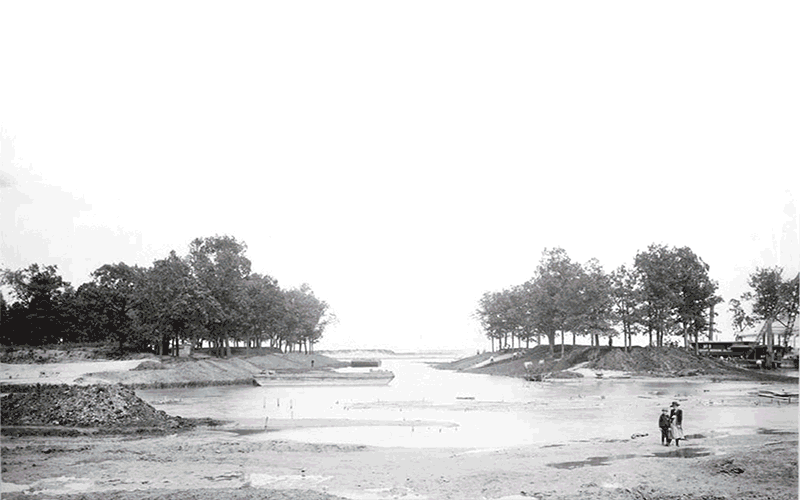

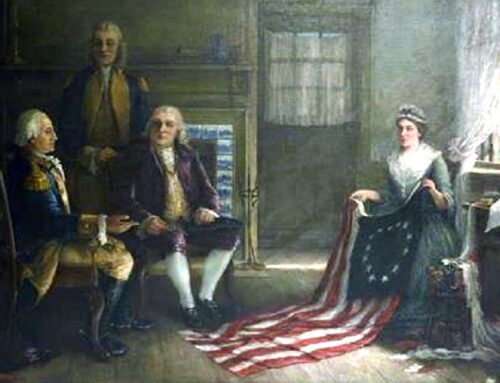
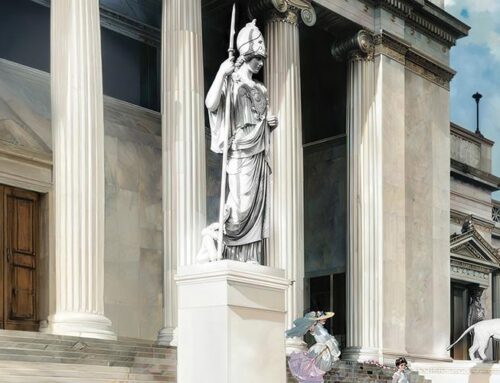
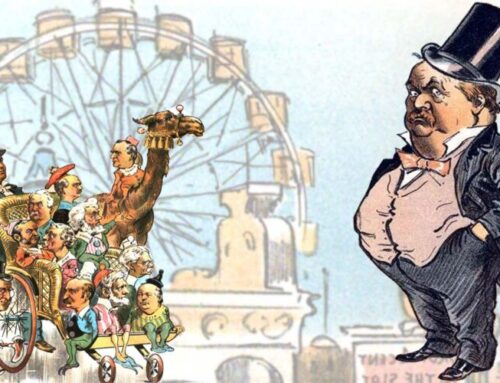
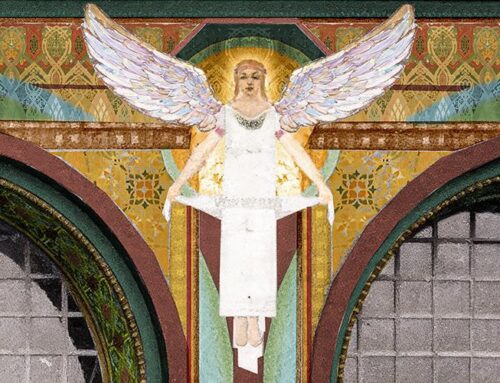
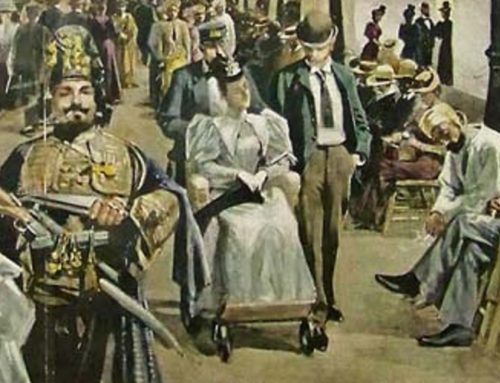
Leave A Comment